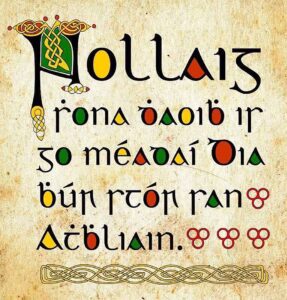
“Christmas comes but once a year” ties the saying. But several countries celebrate Christmas twice.
Ukraine, which recognised December 25th as an official holiday in 2017, joined Belarus, Eritrea, Lebanon, and Moldova as the fifth country celebrating two Christmases. This surplus stems from the adoption of the Gregorian calendar in European countries in 1582. However, Russian, Serbian, and Georgian Orthodox churches continued to follow the Julian calendar which runs 13 days behind.
The Soviet Union, as an atheist state, did not recognize Christmas as a public holiday. After its collapse, successor states had to choose a date to celebrate. Belarus decided to endorse both Christmases, while Moldova chose the Orthodox Christmas but added December 25th in 2013. Lebanon, known for celebrating religious holidays of various groups, recognized the Armenian Christmas on January 6th. In Latvia, attempts to recognise January 7th were voted down, reflecting differing opinions within the country.
For two hundred years from 1582 to 1752, Ireland was amongst them. Irish Christmas and English Christmas were eleven days apart. The people observed the Gregorian calendar while the Colonial regime in Dublin Castle kept the Julian calendar. As a result, the Irish would not regard 1648 and 1657 as White Christmasses, the English would.
Most European Countries place the focus of the Christmas celebrations on Christmas Eve rather than Christmas day. In Austria, Belgium, Luxemburg and Netherlands present giving takes place on others on December 6, the feast day of St Nicholas (Santa Claus) rather than Christmas Day.



